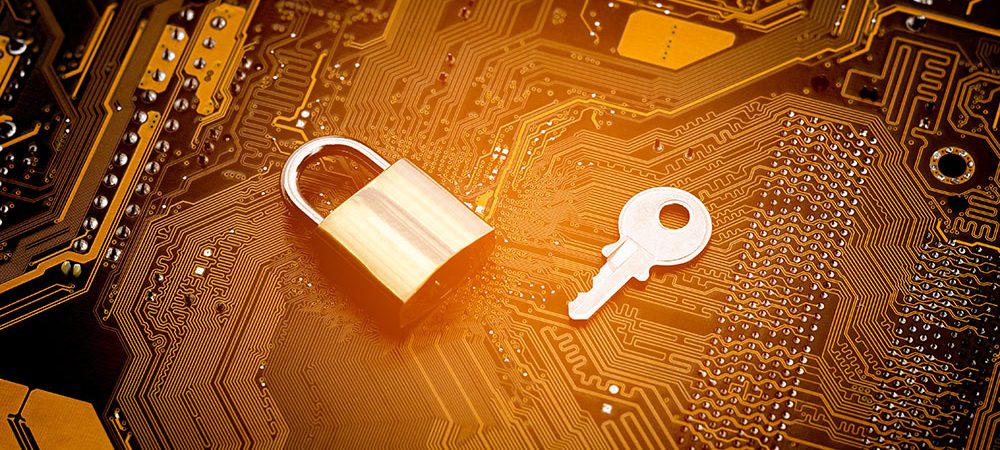JG Heithcock, General Manager of Retrospect, a StorCentric company, tells us how organisations can best protect their company data.
When most people think of the ramifications of a pandemic, cybersecurity threats tend to not be included. Sadly, cybercriminals are indeed exploiting the world’s health crisis as a means by which to trap more ransomware victims.
Because of this, SMEs are now having to up their game and prepare for attacks they have never encountered before. In today’s modern IT environment, infrastructure stretches across physical, virtual and hybrid cloud environments, in addition to application services hosted in the cloud.
With so many data silos, SME IT must ensure all company data is protected for Business Continuity and Disaster Recovery (DR). For SMEs, this doesn’t mean adopting radical new strategies, but it does require an approach that ensures getting the basics right.
There are five foundational points SMEs can use to best protect their company data, being: system protection, endpoint protection, the 3-2-1 backup strategy, detection and recovery. For system protection, the first critical step to establishing ransomware protection is to focus on system updates and anti-malware software.
Then, in preparation for an attack, every business should prioritise backups of their infrastructure – this is the number one solution against an attack. For endpoint protection, SMEs know all too well that malware can hit any computer across IT environments.
With threats like WannaCry, every computer needs to be protected, not just servers or file sharing systems. The 3-2-1 backup strategy is the best strategy for data protection. It consists of: three copies of data, two different formats and one off-site location, with an air gap if possible. If all organisational backups are on a single disk that is connected to a main computer, those backups can be encrypted at the same time as source data, rendering them useless.
With three copies of data – on the computer, on local storage and on off-site storage – rapid recovery from ransomware is much more practical. Next, detection is key to ensuring an SME’s data security. Ransomware encrypts the user files on a computer, so monitoring backups routinely can help detect if an attack has taken place.
Lastly, there is recovery. For any SME hit with ransomware, paying the ransom should never occur as the stats show that more often than not, even after payment is made, data is rarely restored intact.
The best strategy for recovery is to be prepared. As cybercriminals step up their ransomware attacks, their success relies on organisations that are not. However, using tried and tested techniques can go a long way to protecting vital systems and services during the pandemic and beyond.




